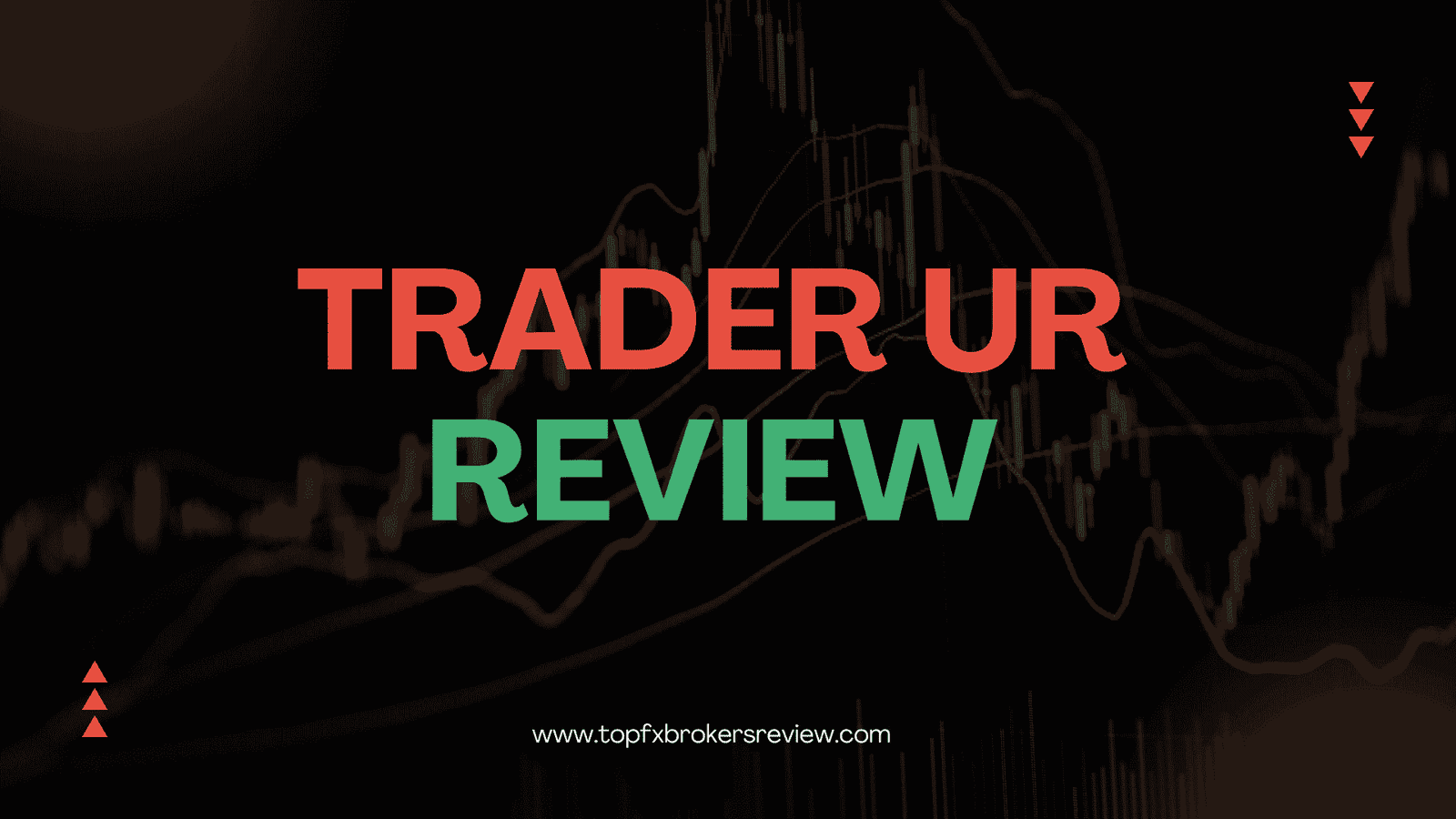PESCO peak hour penalties: Electricity usage is not consistent throughout the day. In areas under PESCO, there are specific times when demand for electricity rises sharply. These are known as “peak hours.” They usually occur in the morning and evening, when homes, shops, and businesses all require power at once.
During these hours, power demand often exceeds the supply, leading to pressure on the distribution network. To manage this, PESCO has introduced peak hour penalties. These penalties are not meant to burden consumers but to regulate excessive usage during high-demand periods.
Managing the Load through Control Measures
The introduction of these charges is a part of PESCO’s broader load management policy. The goal is to encourage users to shift heavy consumption to off-peak hours and help the system remain stable. If every household and business continues to use high-energy appliances at the same time, outages and voltage drops become unavoidable.
By discouraging unnecessary power use during critical hours, PESCO is trying to ensure a more balanced electricity flow across regions.
The Purpose behind PESCO’s Penalty System
Why Are Penalties Necessary?
Unlike general tariff changes, peak hour penalties are behavior-driven. They target specific consumption patterns, especially those that add unnecessary stress to the grid. The penalty isn’t automatic for all only for those who cross the defined threshold during high-demand hours.
Most people are unaware of how their usage habits change throughout the day. Appliances like electric irons, washing machines, and water motors if used during peak times can significantly increase the energy load.
You can use the PESCO online bill check to monitor monthly usage patterns. This gives insight into whether your high usage overlaps with peak hours.
A Step toward Sustainable Consumption
These penalties are not just about revenue they are part of a larger vision to promote power efficiency and prevent electricity overuse charges. With a growing population and increasing demand, every step toward energy conservation counts. PESCO’s approach is to make users more responsible and aware of their habits.
How Peak Hour Charges Affect Different Users
Impact on Households and Small Businesses
Households are the most affected group because many families rely on the same appliances during early mornings and evenings. Running air conditioners, heaters, water pumps, and ovens at the same time can push consumption beyond safe limits.
Small businesses, especially those with lighting, fans, and chillers running continuously, are also at risk. Even though the penalty doesn’t apply across the board, it quietly influences how much a user ends up paying for energy each month.
High-Volume Users and Industrial Load
Industrial consumers are already classified under specific load categories. But even within those, peak hour consumption can become costly if it isn’t managed properly. In factories, using high-voltage machinery during peak time not only increases operational costs but also affects grid stability for nearby areas.
That’s why industries are often advised to restructure their shifts or stagger operations to avoid overloading the system. PESCO’s power consumption rules have been adjusted to reflect this focus on balance and stability.
Smart Ways to Avoid Peak Hour Penalties
Time Management for Energy Usage
Avoiding penalties isn’t difficult it just requires a bit of planning. The first step is to understand when the peak hours occur. PESCO usually announces these timings, especially during summer months. Early mornings (6–10 AM) and evenings (6–11 PM) are generally considered high-load periods.
Try to schedule washing, ironing, or motor usage outside of these hours. Lighting and fans may be necessary during peak hours, but heavy appliances can easily be shifted to other times.
Use Tools to Forecast and Track Usage
Technology can help. Smart meters, though not available everywhere yet, are being introduced to track hourly consumption. If you don’t have a smart meter, keep an eye on your appliance usage and monthly trends.
One of the easiest ways to estimate your usage is through the PESCO bill calculator. This tool can give you an idea of how different levels of consumption affect your final bill, especially if your usage falls within peak timings.
Also, turn off appliances when not in use. Small actions like switching off lights in unused rooms add up over time and reduce your peak-hour burden.
Penalties as a Push toward Smart Consumption
Long-Term Benefits for Consumers and the Grid
PESCO’s penalties are not meant to punish consumers. Rather, they aim to promote a more balanced, responsive, and sustainable energy environment. Overuse during high-demand hours leads to breakdowns, short circuits, and unexpected power outages not just for the individual user but for entire communities.
By following the guidelines, users not only avoid penalties but also contribute to a stronger and more efficient electricity network. The responsibility is shared between the supplier and the consumer.
Conclusion
Electricity is a shared resource. When one person overuses it during peak hours, others may suffer the consequences. Penalties exist to remind us that responsible usage matters. Whether you’re a homeowner, a small business owner, or part of a large organization, smart electricity habits help protect your wallet and your community’s power supply.













Leave a Reply